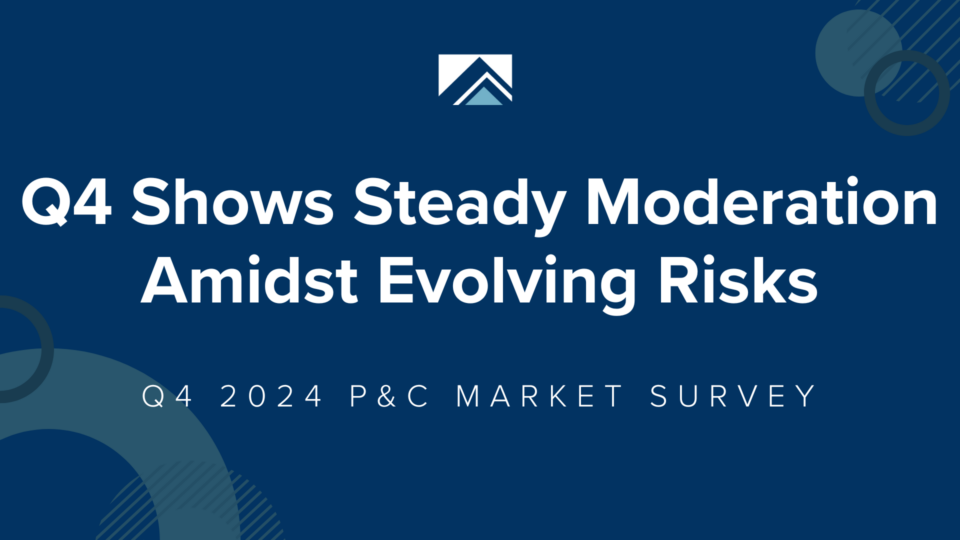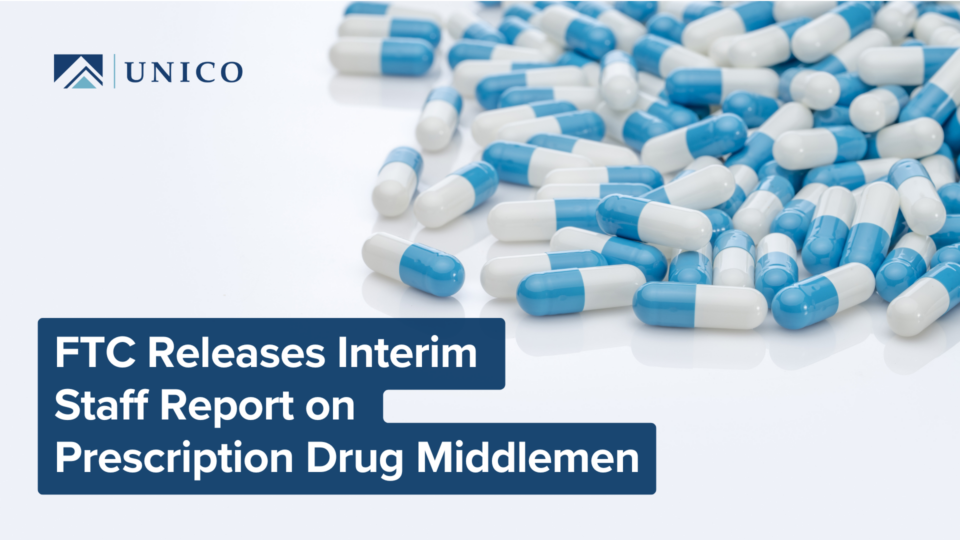Here are some quick tips and information that just might help you select your next cyber security insurance policy.
- The average cost of a data breach is $3.8 million.
- 60% of breaches involve vulnerabilities for which a “patch” was created but not applied.
- 45% of reported breaches involve “hacking”.
- 94% of malware is delivered by email.

Common Types of Attacks
- Malware – Usually involves sending dangerous links in emails or email attachments that when clicked can install destructive software that can disrupt components to make systems inoperable.
- Phishing – Communications usually sent via email that impersonates a reliable source with a goal of stealing sensitive data and installing malware.
- Man-In-The-Middle Attack – Infiltration of a two-party transaction to filter and steal data via unsecured public Wi-Fi and potentially install destructive software.
- Denial-Of-Service-Attack – The flooding of servers, systems or networks with traffic to clog bandwidth and cripple the system.
- SQL Injection – Inserting malicious code into a server using structured query language to force the server to reveal sensitive information.
- Zero Day Exploit – Targeting a disclosed vulnerability before a solution or patch has been implemented or applied.
Emerging Cybersecurity Threats
- Deepfake Voice Technology – An image, video or sound that appears real but was created by artificial intelligence technology. The purpose is to incriminate individuals of actions or statements they have not made.
- Synthetic Identities – Mixing real and fabricated credentials to create an identity. Example, an email with legitimate company logo and address but a phony contact name and phone number.
- AI-Powered Cyber Attacks – This is using AI to create programs that mimic human behavior. The intent is to trick individuals into disclosing personal or financial information.
Cyber Risk Management Suggestions
- Invest in software that has been designed to block ransomware.
- Keep your fire wall updates and optimized to defend against cyber-attacks.
- Consider physically securing your hardware against theft or loss where possible.
- Be sure to encrypt employee information, customer information and all other business data like sales figures, tax information and future business planning details.
- Train employees regularly to help them recognize external threats.
- Only 15% of US businesses have cyber insurance despite the high cost of a breach.
The loss prevention information and advice presented in this document is intended only to advise our clients, customers and business partners of a variety of methods and strategies based on generally accepted safe practices, for controlling potentially loss producing situations commonly occurring in business premises and/or operations. They are not intended to warrant that all potential hazards or conditions have been evaluated or can be controlled. They are not intended as an offer to provide insurance coverage for such conditions or exposures, or to imply that UNITEL Insurance or UNICO Group will provide such coverage. The liability of UNITEL Insurance or UNICO Group is limited to the specific terms, limits and conditions of the insurance policies issued, if any.




